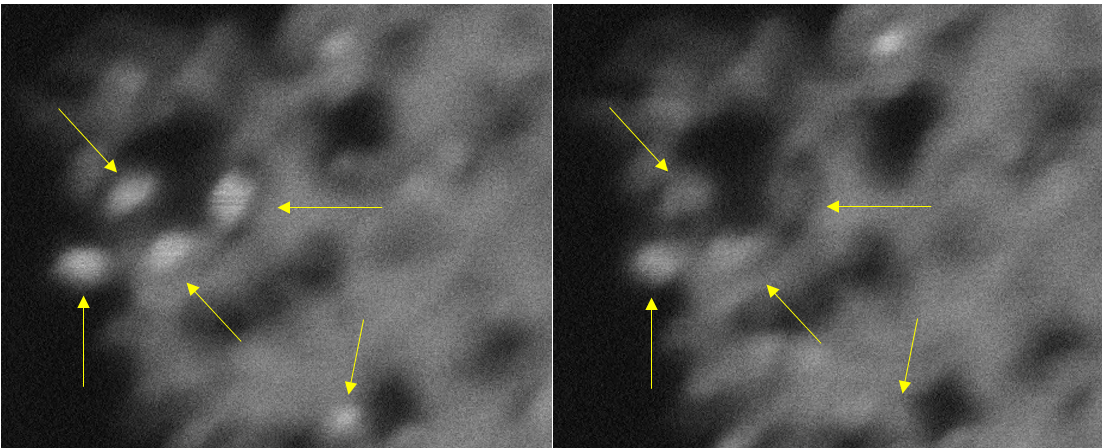A cutting-edge study illuminates the intricate mechanisms of rose plants’ resistance to salt stress, a critical issue for global agriculture. The research identifies the phenylpropane pathway, especially flavonoids, as key to this tolerance, offering insights into potential genetic modifications for crops to thrive in saline conditions.
Tag: Cosmetics
UNH-Led Team Sequences Shea Tree Genome to Support Breeding and Conservation Efforts
An international team of researchers led by the University of New Hampshire has sequenced the shea tree’s genome, providing a valuable resource for the strategic development of the species which is best known for the popular product shea butter—a multimillion-dollar ingredient used in cosmetics, personal care products, pharmaceuticals and chocolate.
Use of PFAS in cosmetics ‘widespread,’ new study finds
Many cosmetics sold in the United States and Canada likely contain high levels of per- and polyfluoroalkyl substances (PFAS), a potentially toxic class of chemicals linked to a number of serious health conditions, according to new research from the University of Notre Dame.

‘Blinking” Crystals May Convert CO2 into Fuels
Imagine tiny crystals that “blink” like fireflies and can convert carbon dioxide, a key cause of climate change, into fuels. A Rutgers-led team has created ultra-small titanium dioxide crystals that exhibit unusual “blinking” behavior and may help to produce methane and other fuels, according to a study in the journal Angewandte Chemie. The crystals, also known as nanoparticles, stay charged for a long time and could benefit efforts to develop quantum computers.